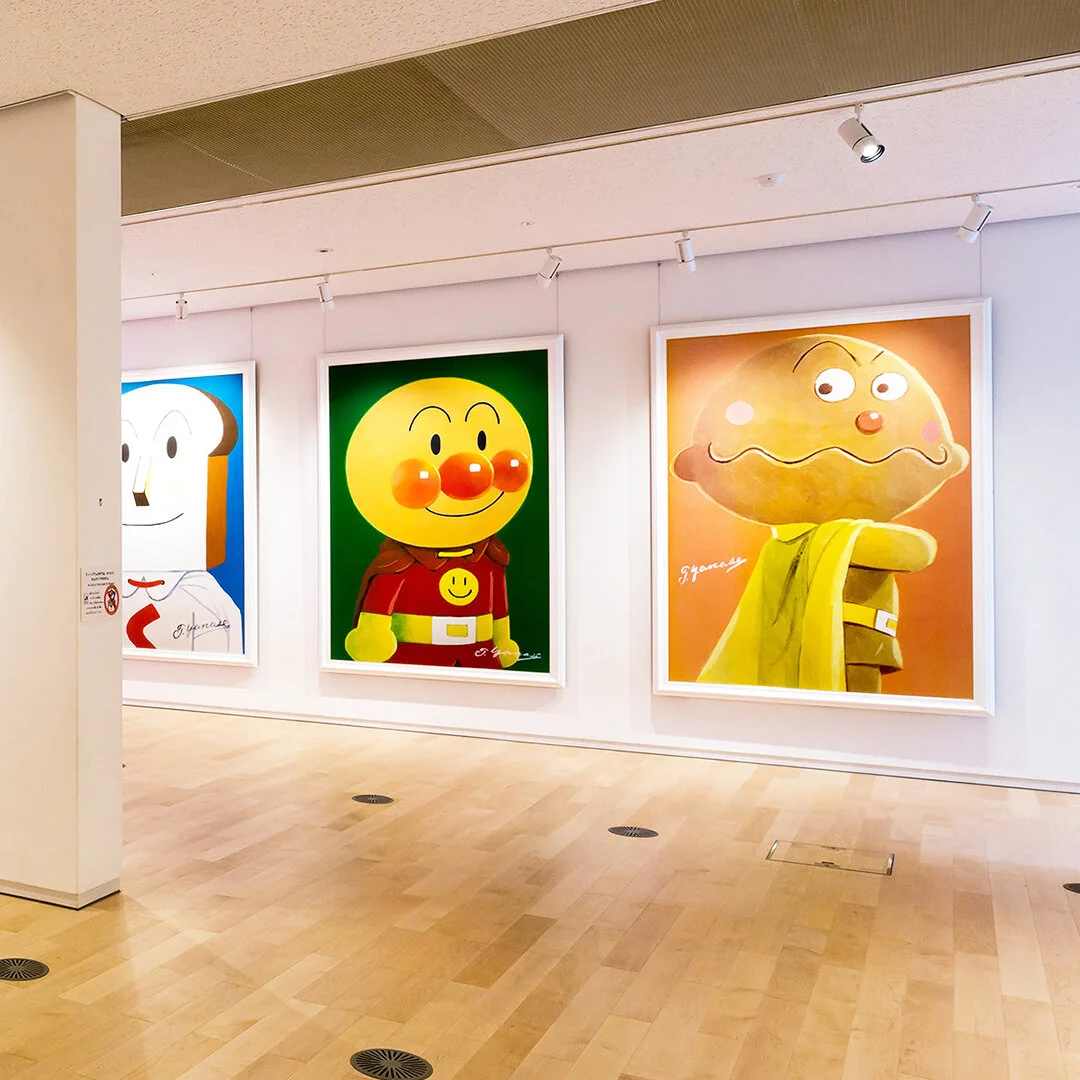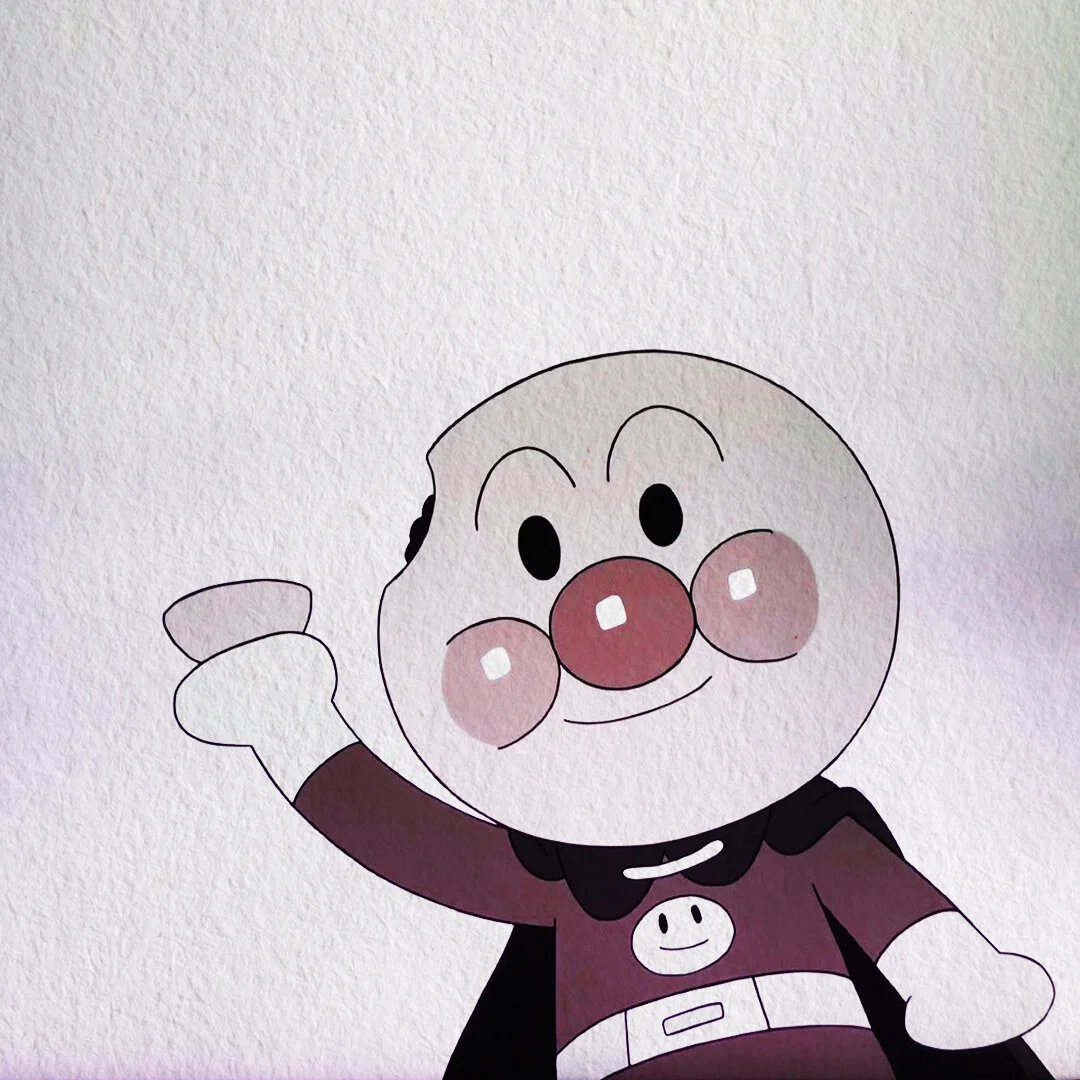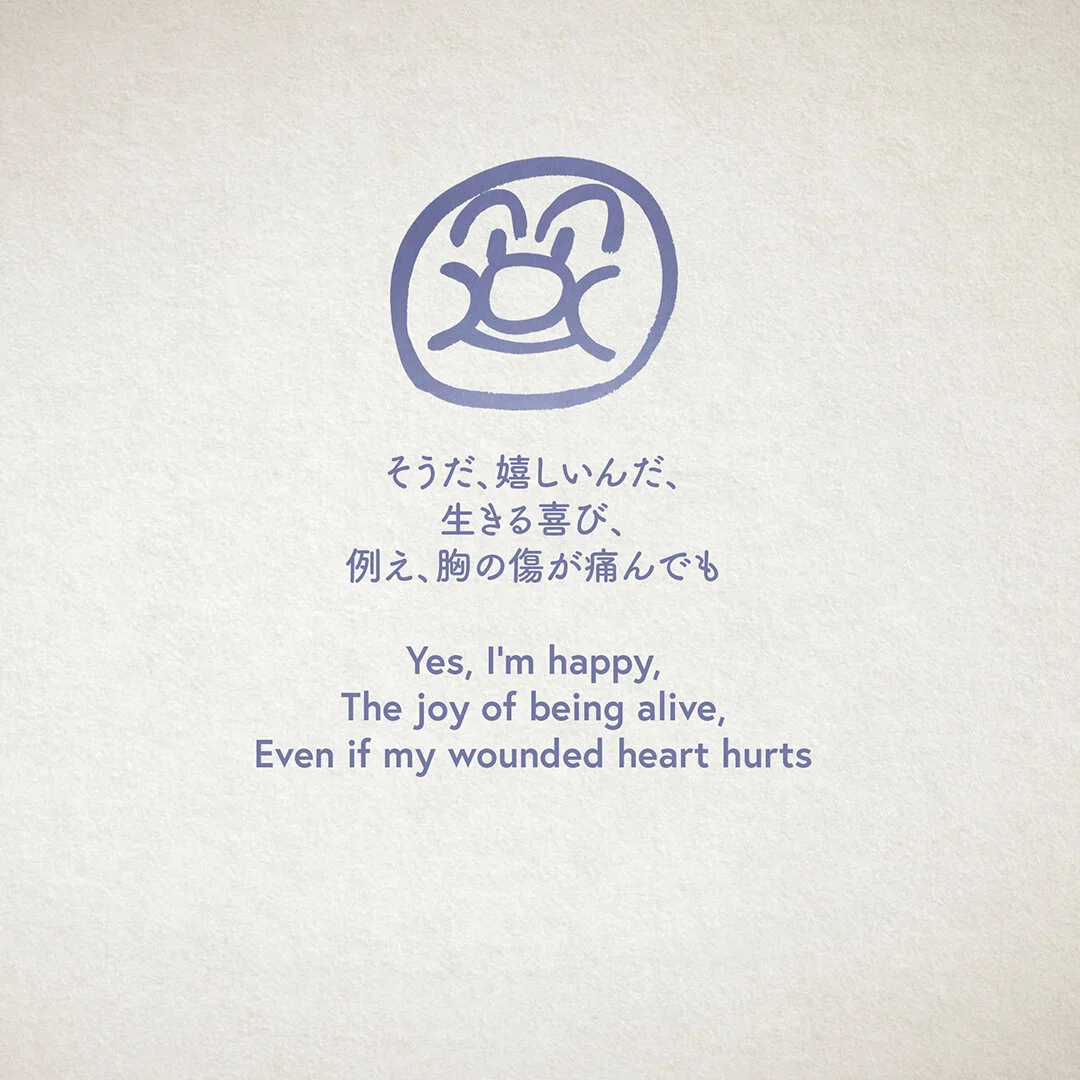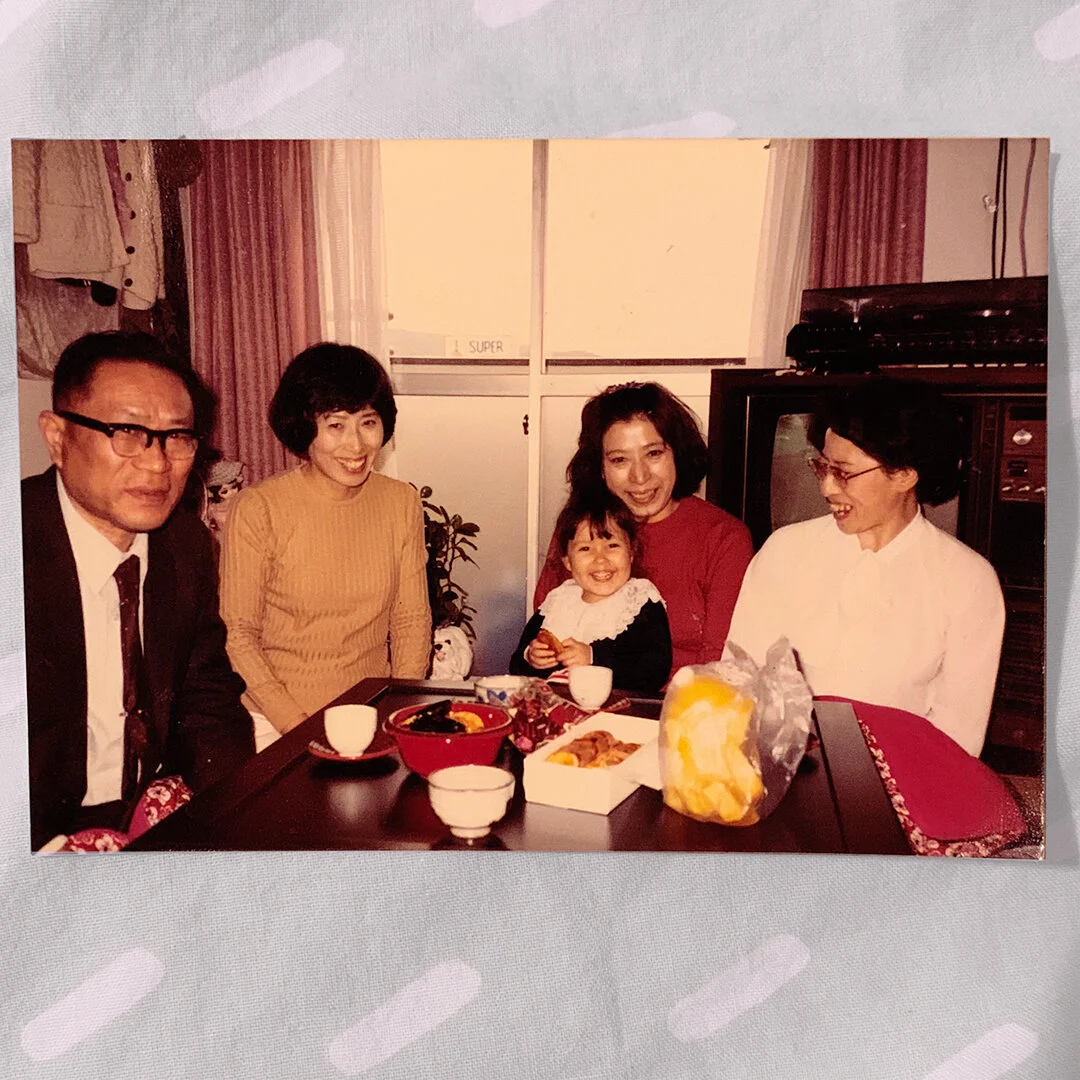Super Hero Anpanman by Takashi Yanase: A Japanese Anime Icon
ART > JAPANESE DESIGN CLUB > ANPANMAN
Anpanman by Takashi Yanase
Anpanman, created by Takashi Yanase in 1973, is a beloved Japanese superhero whose face is made of a sweet red bean-filled bun. Despite lacking traditional superpowers, Anpanman's main strength lies in his kindness and selflessness.
Anpanman's adventures involve helping other characters in need, many of whom are food-based, like Onigiri Man (rice ball man). His nemesis, Baikinman (bacteria man), often bullies these characters.
If any of his friends are starving, Anpanman tears off part of his face and feeds it to them. Though this may sound twisted for a children's program, the animation style is so cute that the darker undertones go unnoticed.
The theme song, while upbeat and "kawaii," contains existentialist lyrics, adding depth to the character's narrative.
Takashi Yanase's background, including his experiences during World War II, influenced the creation of Anpanman. Facing starvation during the war, Yanase fantasized about eating an anpan, leading to the creation of the Anpanman storybook in 1973, which was later adapted into an anime series in 1979.
Anpanman's legacy continues to inspire, embodying themes of kindness, selflessness, and the power of design to convey deeper messages.
Here’s a photo of me with my grandma and her siblings, who have all passed away but continue to inspire me in the same way Anpanman does. They came from a wealthy family who lost everything during the war. My grandma in particular was forced into a life of debt through no fault of her own, yet she’s one of the most fun and kindest people I’ve known. I never heard her complain, even though she had every reason to. She showed me that real strength is kindness and the determination to live a fun life with a hardworking attitude and playful spirit.
I will save writing about this in depth for another blog post, but the Japanese have always used the “kawaii” (cute) aesthetic for conveying deeper and important messages. The power of kawaii drawings and design to subtly persuade the viewer can be seen in everything from consumer goods to public messaging.
It’s incredibly effective to use a playful but polished aesthetic when visually communicating messages in a friendly manner, and I love seeing more examples of this in Western design too.
Anpanman’s kindness, lust for life and playful spirit continues to inspire me - I hope he’s inspired you too!
Originally published in 2020, updated in 2025




